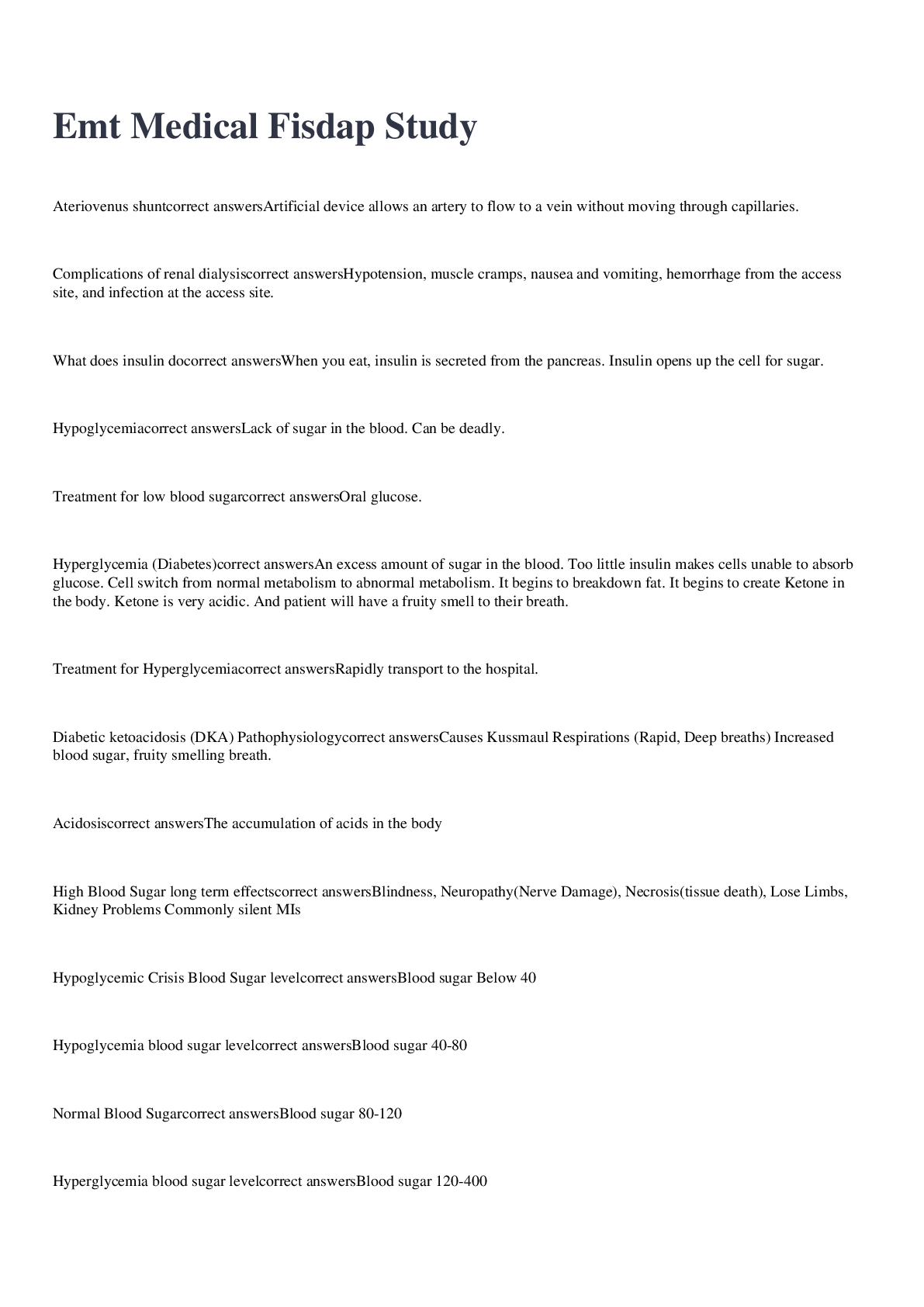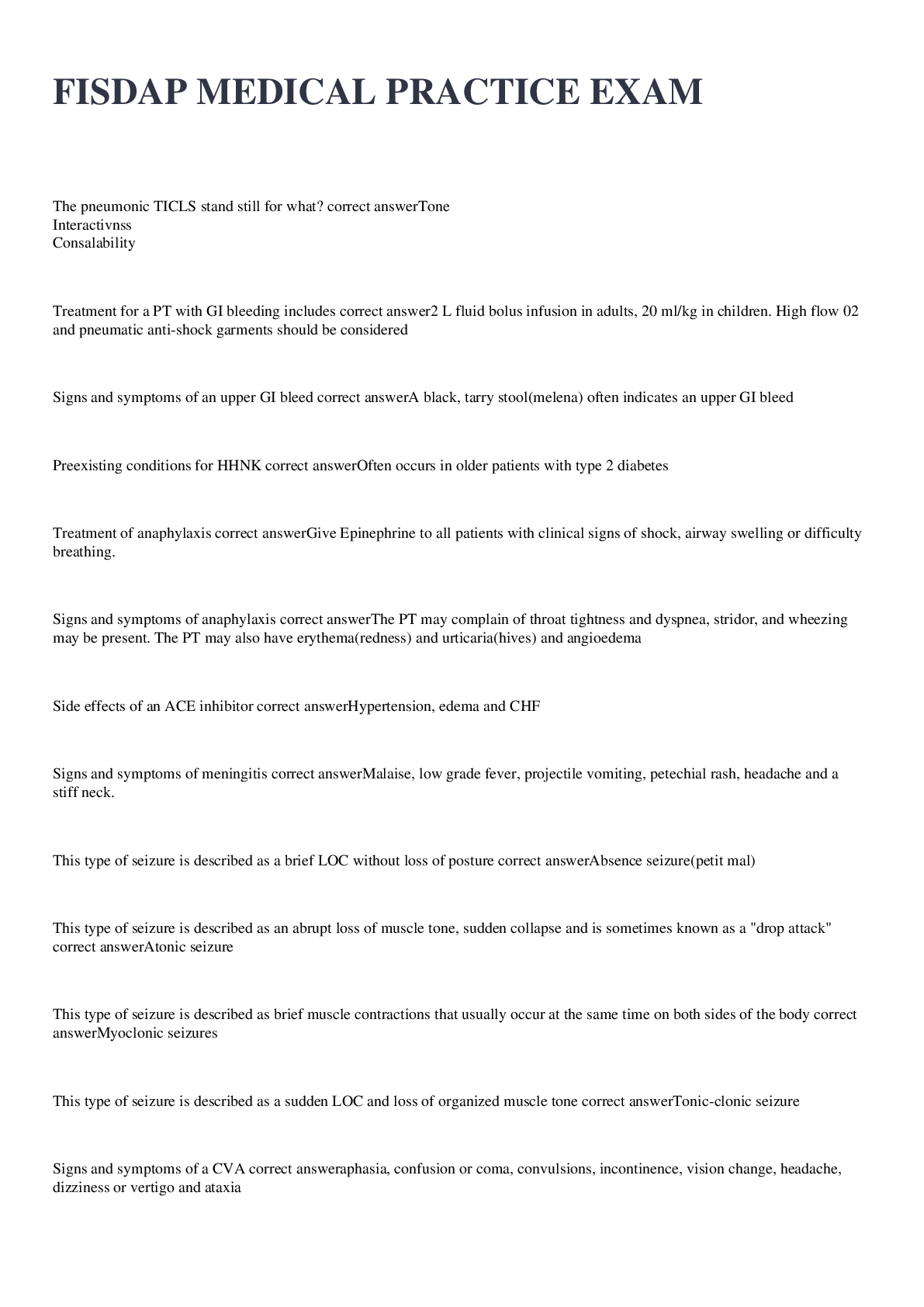CALIFORNIA BAR EXAM: CRIMINAL LAW (GRADED A)2022/2023
Document Content and Description Below
rinciples of Criminal Law 1. Actus Reus - Voluntary vs. Involuntary 2. Mens Rea - Strict Liability, Specific and General Intent, Knowingly, Recklessness, Criminal Negligence, Negligence 3. Concurre... nce between actus reus and mens rea 4. Causation - Factual and Proximate Accomplice Liability - Parties Principal, Accomplice, or an Accessory After the Fact 1. Accomplice: With intent to commit the crime, must actively aid, abet, or counsel the principal. (a) Mere presence is not enough. (b) Liable for the crime itself and all foreseeable crimes. 2. Accessory After the Fact: With intent to help a felon escape or avoid arrest or trial, receives, relieves, or assists a known felon after the felony has been completed. (a) Liable for a separate crime of "obstructing justice." (b) Not liable for the crimes committed by the principal. Accomplice Liability - Defenses Withdrawal: 1. If the person merely encouraged the commission of the crime he must repudiate his encouragement. 2. If the person provided some material (e.g., gun), must do all possible to retrieve it. 3. Alternative: Notify authorities or take some action to prevent the commission of the crime. 4. Must be before the chain of events leading to the commission of the crime becomes unstoppable. Inchoate Offenses 1. Solicitation 2. Conspiracy 3. Attempt Solicitation 1. Elements: Asks or requests someone to commit a crime. 2. If the party solicited actually commits the requested crime, the solicitor will also be liable for the crime. 3. If the party solicited refuses it is no defense. Conspiracy 1. Elements: (1) An agreement (express or implied) to accomplish some criminal or unlawful purpose, or to accomplish a lawful purpose by an unlawful means. (2) An intent to agree with another. (a) "One guilty mind" is enough for conspiracy if the guilty mind believed the other party was actually agreeing to commit the unlawful purpose. (MPC) (b) Wharton's Rule: If the target crime requires two participants, than no conspiracy unless there are three participants. (3) An intent to achieve the objective of the agreement. (4) Some overt act in furtherance of objective. 2. Liability: Each conspirator is liable for all crimes of other conspirators if foreseeable and in furtherance of the conspiracy. 3. Defenses: (A) Withdrawal: (1) Must communicate intent to withdraw to all other conspirators before the target crime occurs. (2) No withdrawal from liability for conspiracy itself. (B) No Impossibility. (C) No Merger. 4. Tip: Anytime raising co-conspirator liability, also raise accomplice liability and vice versa. Attempt 1. Elements: (1) Specific intent to commit target crime. (2) A substantial step in the direction of the commission of the crime or come dangerously close (mere preparation is not enough). 2. Defenses: (A) Merger: Attempt merges with committed crime. (B) Factual Impossibility is NO defense, if the facts were as Defendant believed them to be. (C) Legal Impossibility is a defense when the acts Defendant intends to commit are not a crime. (D) Abandonment is NO defense after the substantial steps have begun. [Show More]
Last updated: 2 years ago
Preview 1 out of 5 pages

Buy this document to get the full access instantly
Instant Download Access after purchase
Buy NowInstant download
We Accept:

Reviews( 0 )
$10.00
Can't find what you want? Try our AI powered Search
Document information
Connected school, study & course
About the document
Uploaded On
Oct 14, 2022
Number of pages
5
Written in
Additional information
This document has been written for:
Uploaded
Oct 14, 2022
Downloads
0
Views
56














